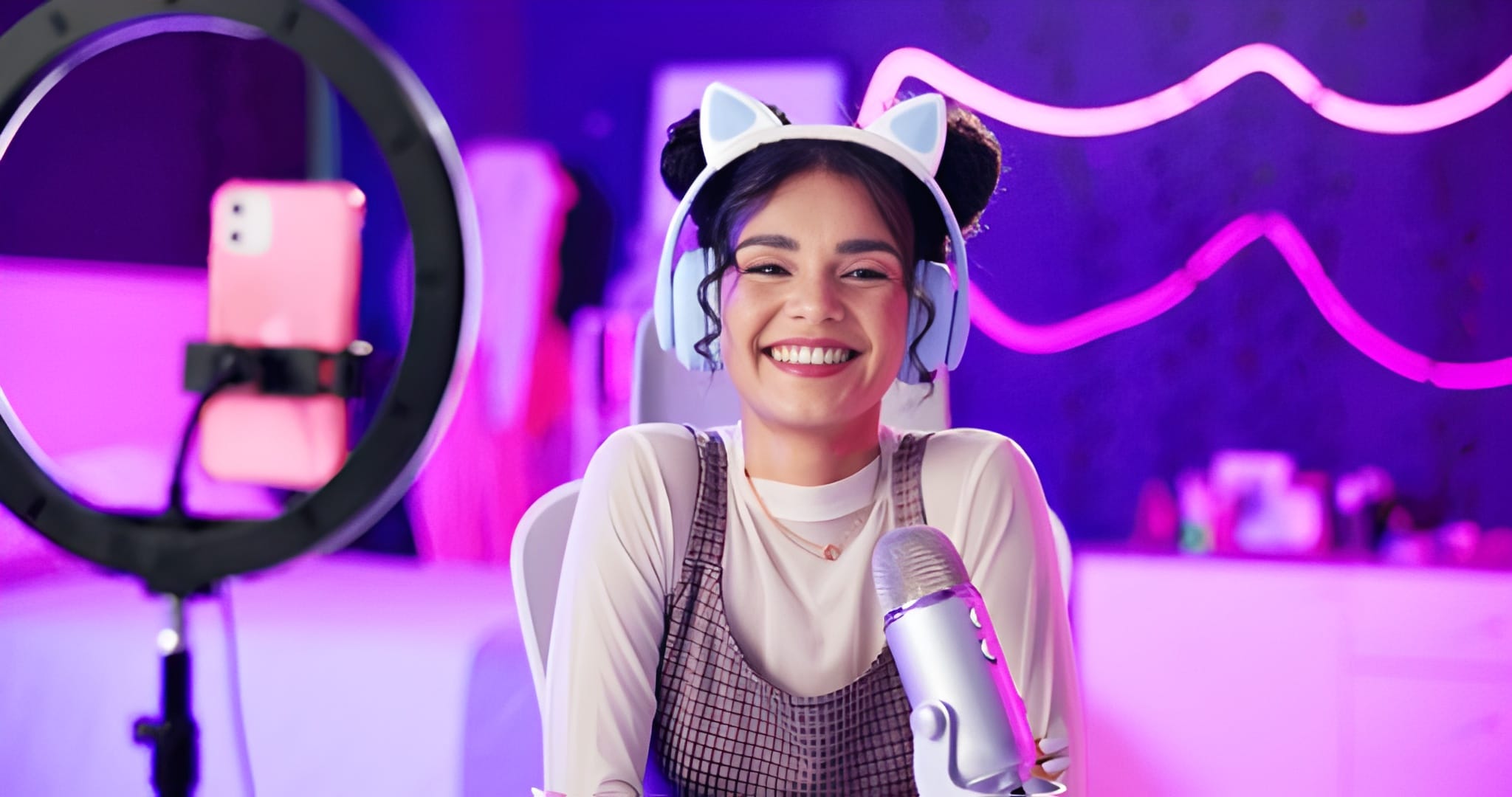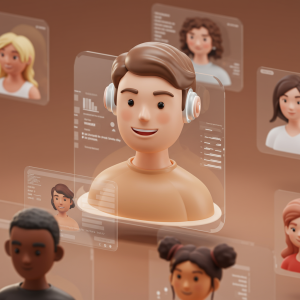The Rise of Virtual Influencers: How Brands Can Leverage Digital Personalities

In today’s saturated social media landscape, brands are continually seeking fresh ways to capture audience attention and deliver evolving, cutting-edge content. Enter virtual influencers: computer-generated personalities crafted to engage followers, promote products, and build communities. Far from mere gimmicks, these digital avatars combine the precision of technology with the creative flair of traditional influencers.
What Are Virtual Influencers?

Virtual influencers are fully digital personas designed and managed by creative agencies or tech platforms. Unlike human influencers, these characters don’t age, fall ill, or face public scandals—instead, they follow a scripted narrative and interact with followers based on algorithms and marketing objectives. From lifelike 3D models to stylized illustrations, virtual influencers come in many forms, each tailored to align with a brand’s identity and target audience. Their agility allows brands to maintain consistent voice, aesthetic, and posting schedules without the unpredictability of real-life partnerships.
Key Benefits of Partnering with Virtual Influencers
- Full Creative Control: Brands can craft every aspect of a virtual influencer’s persona, from appearance and backstory to tone and style, ensuring perfect alignment with marketing goals.
- 24/7 Availability: No travel restrictions or time-zone issues—virtual influencers can post, respond to comments, and launch campaigns around the clock.
- Scalability: Once created, a single avatar can serve multiple campaigns, channels, and regions without additional recruitment or onboarding costs.
- Risk Mitigation: Digital personas remove the risk of influencer controversies or unexpected PR crises tied to personal misconduct.
- Data-Driven Optimization: Every interaction can be tracked and refined using analytics, enabling rapid A/B testing of content styles, posting times, and messaging.
Leading Virtual Influencer Case Studies
Several trailblazing brands have already embraced virtual influencers, demonstrating tangible impact on awareness and engagement metrics. Lil Miquela, the 19-year-old digital musician and activist, boasts millions of followers on Instagram and partnerships with major fashion houses like Prada. Shudu, billed as the world’s first digital supermodel, has graced high-fashion campaigns for Fenty Beauty. Knox Frost, a 3D-animated gamer, collaborates with gaming brands on Twitch to attract Gen Z audiences. These examples showcase how virtual influencers can inhabit niche roles and amplify brand messaging with vibrant storytelling.
Developing Your Virtual Influencer Strategy
Launching a virtual influencer requires a structured approach, beginning with clear objectives and audience research. Follow these steps:
- Define Your Goals: Are you aiming to boost product awareness, drive e-commerce conversions, or foster community engagement? Specific KPIs will guide creative decisions.
- Craft the Avatar: Work with 3D artists and storytellers to design an avatar whose aesthetics and personality resonate with your target demographic. Consider age, style, interests, and backstory.
- Select Platforms: Determine which social channels align best with your audience. Instagram and TikTok favor visual content, while YouTube and Twitch support longer-form storytelling and live streams.
- Content Calendar: Produce a detailed schedule for image drops, stories, live interactions, and user-generated content initiatives. Consistency drives follower retention.
- Audience Engagement: Use polls, Q&As, and interactive filters to cultivate two-way communication. Encourage followers to name the avatar, suggest outfits, or vote on campaign themes.
- Compliance & Disclosure: Adhere to local regulations regarding sponsored content disclosures. Label branded posts clearly to maintain transparency and trust.
Measuring Success: Metrics That Matter
Just like human influencer campaigns, virtual influencer initiatives must be tracked against objective metrics. Key performance indicators include:
- Engagement Rate: Likes, comments, shares, and saves per post relative to follower count.
- Reach & Impressions: Total number of unique users who saw the content and how often it appeared in feeds.
- Click-Through Rate (CTR): Percentage of viewers who clicked brand links, swipe-ups, or product tags.
- Conversion Rate: Proportion of clicks resulting in a sale, sign-up, or lead acquisition.
- Audience Growth: New followers gained over time, demonstrating resonance and shareability.
- Sentiment Analysis: Qualitative assessment of comments to gauge public perception and brand affinity.
Challenges & Ethical Considerations
Despite their appeal, virtual influencers raise questions about authenticity and ethics. Critics argue that digital avatars can mislead consumers if they fail to disclose their non-human nature. There’s also the potential for cultural insensitivity or perpetuation of unrealistic beauty standards. To navigate these issues, brands should:
- Clearly label posts as sponsored and highlight the avatar’s digital status.
- Collaborate with diversity consultants to ensure respectful representation.
- Balance virtual campaigns with human-led initiatives to maintain genuine connection.
Future Trends in Virtual Influencer Marketing

As artificial intelligence and machine learning evolve, virtual influencers will grow more interactive and personalized. Expect advancements such as real-time sentiment-driven content adjustments, voice synthesis for dynamic audio experiences, and deeper metaverse integrations. Brands may soon host virtual meet-‑and-‑greets in VR environments or deploy AR filters powered by influencer avatars. Staying ahead of these innovations will require continuous experimentation and data-driven optimization.
Conclusion: Embracing the Digital Revolution
Virtual influencers represent a bold frontier in digital marketing, offering unmatched creative control, scalability, and data-driven insights. While they present unique ethical and authenticity challenges, a carefully planned strategy can unlock powerful engagement and brand affinity. By defining clear objectives, measuring the right metrics, and maintaining transparent communication, brands can harness the potential of digital personalities to stand out in an ever-crowded social media ecosystem.
Ready to elevate your next campaign with a virtual influencer? Start by defining your brand’s ethos and partnering with a creative team that can bring your digital ambassador to life.





